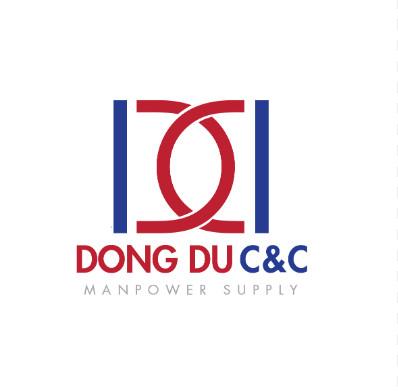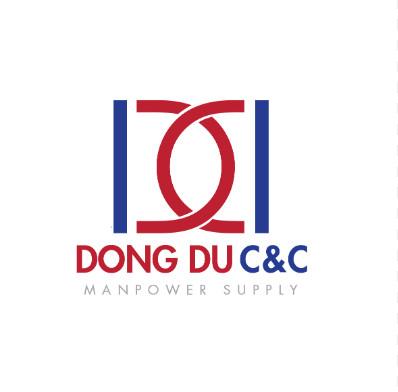For the last decade, the "Internet of Things" (IoT) has been the gold standard for innovation. We connected our thermostats, our doorbells, and our watches to the internet, creating a world of "smart" devices. But this was just the first step. Today, a device that simply reports data is no longer enough. The new frontier is a device that thinks.
This is the dawn of the Artificial Intelligence of Things (AIoT). It’s the fusion of the "body" (the IoT device's sensors) with a "brain" (a sophisticated AI model). The difference is game-changing. Your IoT doorbell shows you a video feed. Your AIoT doorbell identifies a face, knows it's a delivery driver, and tells them to leave the package, all without your input.
This leap in capability is creating a new generation of truly intelligent products. But for businesses looking to build them, it also creates an exponential leap in complexity.
Manufacturing a simple electronic device is a challenge. But building a product that has hardware, firmware, software, and a custom-trained neural network all working in perfect sync is a high-stakes, specialized challenge. Success requires a new breed of partner, one who is both a world-class engineer and a master of AIoT product contract manufacturing.
The AIoT Challenge: Why It's Not Just a "Smarter IoT"
The core challenge of AIoT is that you are building and integrating three distinct, highly complex products in one:
-
The Advanced Hardware (The Body): An AIoT device doesn't just need a simple chip. It often needs to run its AI model locally on the device (known as "edge computing"). This requires specialized, low-power, high-performance microprocessors (NPUs, or Neural Processing Units) that are designed specifically for AI. The electronic engineering required to design this hardware is significantly more complex than a standard IoT product.
-
The AI Model (The Brain): This is not an off-the-shelf piece of software. A truly valuable AIoT product needs a custom AI model. This model must be trained on a massive, relevant dataset and then, most difficult of all, optimized and compressed to be small and fast enough to run on the device's low-power hardware. This is the highly specialized world of data scientists and machine learning engineers.
-
The Integrated Software (The Nervous System): This is the code that connects everything. The firmware (living on the chip) must perfectly execute the AI model's decisions. The cloud backend must securely manage the data. And the smartphone app must provide a simple, flawless user experience.
The "Triple Failure Point": Why AIoT Projects Collapse
For an entrepreneur or business, the most common and fatal mistake is trying to "Frankenstein" a solution together.
They find a hardware factory in one place, an AI consultant in another, and an app development agency in a third. This project is doomed from the start.
This "silo" approach creates a "Triple Failure Point":
-
The app developer will blame the firmware for connection bugs.
-
The firmware engineer will blame the AI team for a model that is too slow.
-
The AI team will blame the hardware factory for using the wrong components.
Meanwhile, your project is burning through cash, your launch date is a distant memory, and you are left in the middle of a "blame game" with no single point of accountability. The product never makes it to market.
The Solution: The Vertically Integrated AIoT Partner
To succeed in this new landscape, you cannot hire a factory. You must partner with a fully-integrated engineering house that is also a manufacturer. You need a single, expert team that is accountable for the entire product, from the first sketch to the final shipment.
This is the entire philosophy behind Techwall. We are not a simple factory; we are an end-to-end R&D and manufacturing partner. Our ISO 9001 and BSCI-certified facility is powered by an in-house R&D department of over 30 engineers.
When you partner with us, you don't get three separate vendors. You get one unified team of:
-
Electronic Design Engineers: Masters of complex, low-power hardware and wireless (Bluetooth, WiFi) R&D.
-
AI & ML Engineers: Experts who can develop and optimize a custom AI model for your specific application.
-
Firmware & Software Developers: A single team that builds the firmware, the app, and the cloud backend in perfect synchronisation.
-
Manufacturing Experts: A world-class team that ensures the product is designed for manufacturability (DFM) from day one, making a scalable, cost-effective, and reliable final product.
The Integrated AIoT Process in Action
How does this integrated process de-risk your project?
Phase 1: Strategy & Design You come to us with an idea. Our AI engineers and hardware engineers sit at the same table to define the solution. The AI team specifies the processing power needed. The hardware team selects the exact NPU and sensors to achieve it, balancing performance, cost, and supply chain stability.
Phase 2: Parallel Development This is where the magic happens. Our AI team starts training your custom model. Simultaneously, our hardware team lays out the PCB, and our firmware team writes the code to support that exact model and hardware. Because we are one team, we can make adjustments in real-time.
Phase 3: Manufacturing & Quality Control The design is finalized, tested, and sent down the hall to our own state-of-the-art production line. The same engineers who designed the product oversee its production, ensuring the quality and vision are perfectly executed at scale.
This single, accountable pipeline is the only way to build something as complex as an AIoT product. It eliminates risk, compresses your timeline, and turns your brilliant "what if" into a tangible, intelligent, and market-ready reality.


